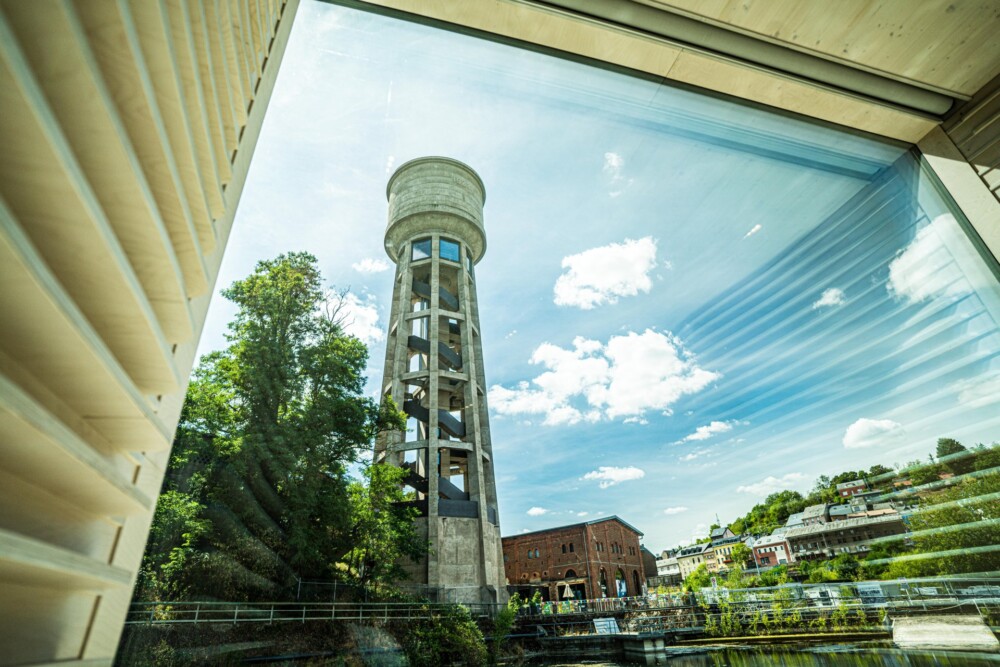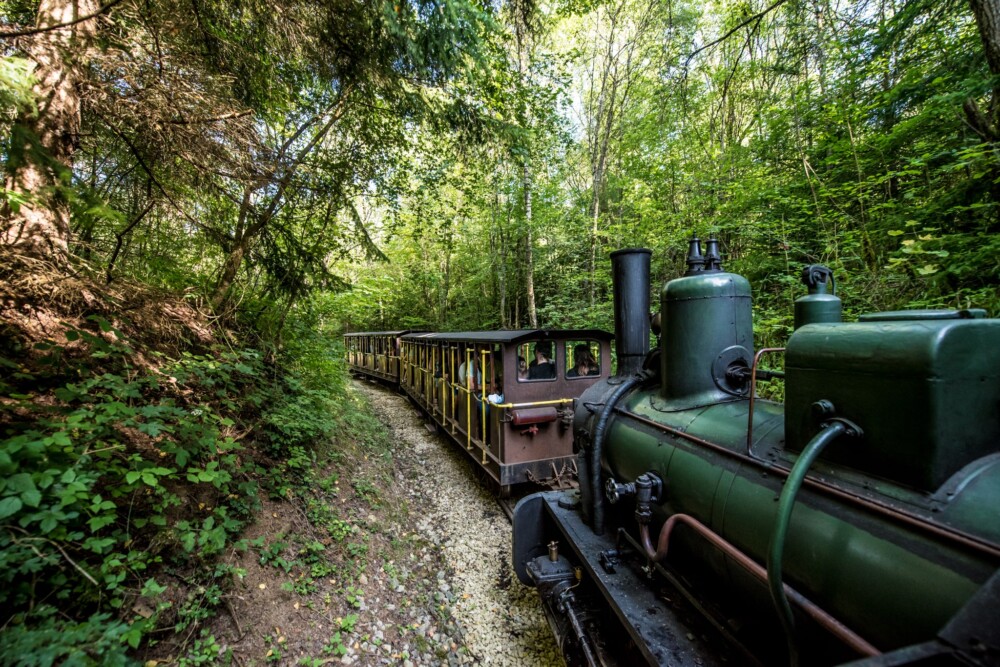Take a mining train and explore industrial giants
As UNESCO World Heritage Sites, Luxembourg City’s old town and fortifications, or the legendary photography exhibition The Family of Man, by Edward Steichen, at Clervaux Castle, will take your breath away. If you seek slightly off-the-beaten-track, awe-inspiring sites, take a trip to the country’s south, also known as the Minett.
Steel generated over a quarter of the country’s wealth at one point; the Minett region is now breathing new life into its proud heritage through ambitious projects to repurpose industrial complexes and rewild former mines.
An ideal start is at Esch-Belval, on the French border and accessible from the capital by rail and bus. A suburb of Esch-sur-Alzette, Luxembourg’s second-biggest town, Belval emerged from the foundations of a steel foundry operating from 1912-1997. Today, the preserved furnace rises like a rust-red cathedral, its lines and sharp angles casting shadows across a sun-soaked square. This industrial giant has been repurposed as a university library, modern lecture halls, and office buildings. The mall, Rockhal music venue, and cinema are all in earthy hues, a nod to the iron-rich soil in this area, known locally as the red rocks region.
You can climb through, up and around the site and blast furnace from April to October. Starting in 2023, the restored Möllerei, a majestic building originally used to store the iron ore and coke that fed the furnaces, opens for visits.

Visitors can also explore industrial heritage sites in Dudelange, east of Belval on the French border, whose steel mill dates back to 1882. The water tower and pump rooms are now exhibition spaces. Head west to Differdange to explore a decommissioned steel factory that has been transformed into a 16,000-square-meter creative hub. Named 1535° creative hub after the melting temperature of iron, today the hub hosts artists, designers and filmmakers as well as the Schräinerei restaurant. The site is open to the public Monday-Friday from 7 am-7 pm.
The discovery of iron deposits in Luxembourg’s south in the 1840s gave rise to almost a century of mining to support the country’s burgeoning steel industry. But mining the ore was no holiday. To understand life in mining villages, stop at the Minett Park Fonds-de-Gras, an open-air museum accessible from Pétange by a functioning steam train, the Train 1900, and offering tours of a restored mine on the Minièresbunn.
Ramblers can observe nature’s healing effects on the scars that mines left in the region by exploring the Minett Trail, a 90-kilometre track through varied woodland and lunar landscapes that make up the Minett UNESCO Biosphere. The trail can be broken down into 10 stages with overnight stays possible at the handful of unique lodgings available for rent along the route. Don’t miss the trail through the peaceful Ellergronn nature reserve in Esch-sur-Alzette, or the former Kazebierg mine, with its museum and Brasserie Schmëdd serving hearty meals – the ideal way to end a good day’s hike.
